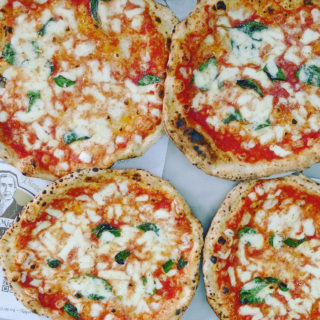Italians, and Italian American Food
Italians are really proud of their culture, for good reason, and they don’t experiment a lot because of that.
It’s no secret to the food-informed that Italian food is one of the most celebrated cuisines across the globe. At any turn, Italian food is ubiquitous, often at the top of food surveys and guides – Italians, of course, are passionate about their cultural food offerings, and seem to enjoy their place among the celebrated.
Italian Food
Indeed, there is a sense of pride among Italians about their food; it is good, they love it, and they know that others love it too. There is also a sense of possession about it all; there are certain ways to cook certain things, and there is no room for interpretation – rules are to be followed, and not broken. For fun, head over to YouTube, find Italia Squisita’s channel, and you’ll see a number of videos of Italian chefs gasping, cringing, raising their hands to the heavens as they are forced to watch other cooks commit crimes against Italian cooking.
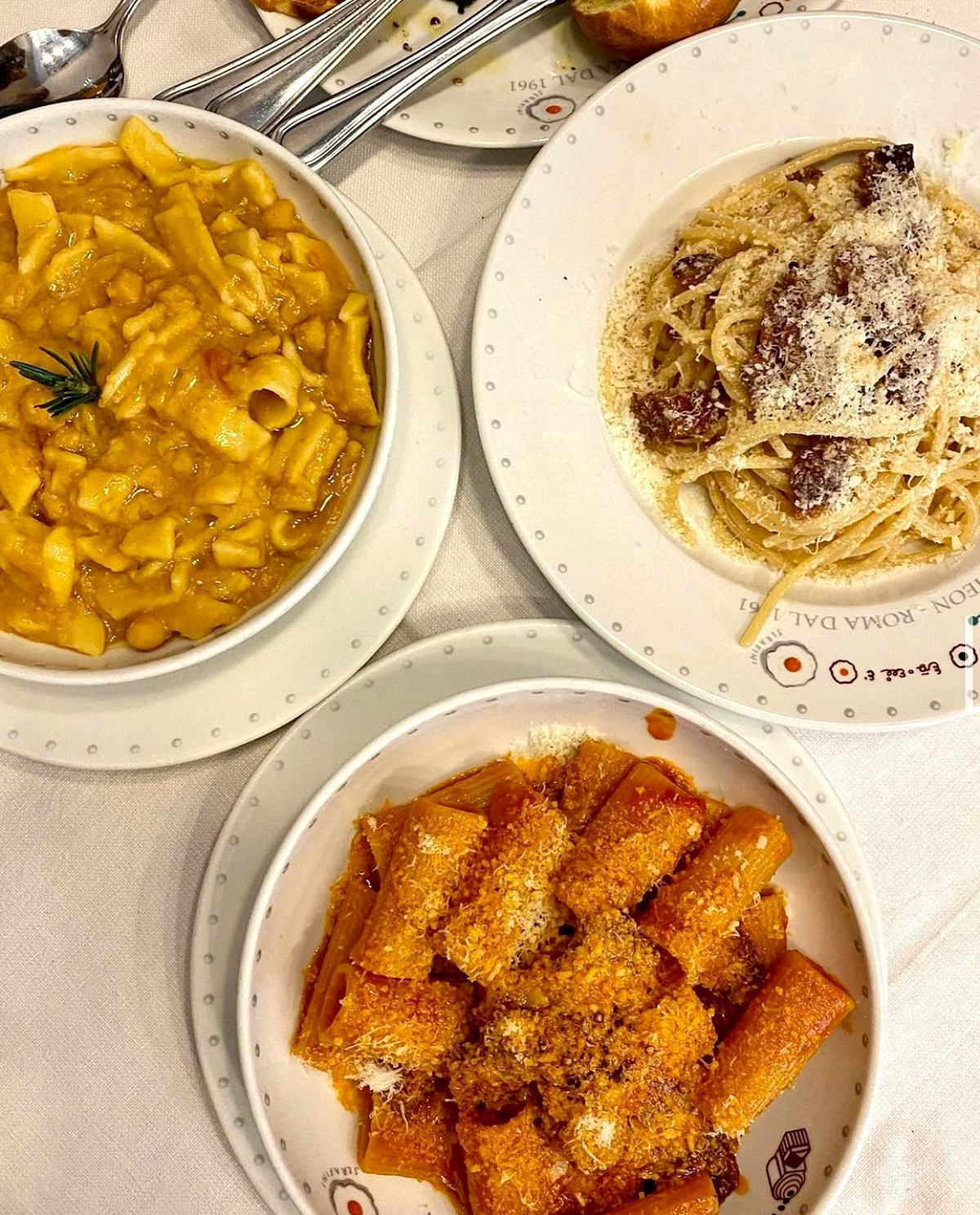
Any variation, and the dish ceases to be “Italian”; when a dish has taken a wrong turn, you might hear the words “per me, questo non e Italiano…” (“for me, this isn’t Italian”). Those who guard the gates of Italian food do so with a hawkish eye, with strict imposition, and that no matter the interpretation, if it does not conform to the standards of an Italian kitchen, it cannot be Italian. Paul Feinstein, who wrote an article “Italian American v Authentic Italian Cuisine: The Neverending Debate” interviewed Steve Samson, an Italian-American chef, who said “Italians are really proud of their culture, for good reason, and they don’t experiment a lot because of that.”
For example, there is a stark contrast between Italian-American garlic bread, and Italian “garlic bread”. For Italians, garlic bread is a bruschetta, lightly rubbed with garlic cloves and a drizzle of olive oil. Italian-American garlic bread, on the other hand, features butter, a garlic spread applied to the loaf, parsley, and sometimes mozzarella. For the Italian, the inclusion of cheese and parsley, butter, and a heaping of garlic would confuse them – “why would you add these extra ingredients? Unnecessary!” We could hear the shouting now in the alleyways of an Italian town. But for the Italian-American, the experience of a new land brought a new frontier, and a new sense of possibilities.
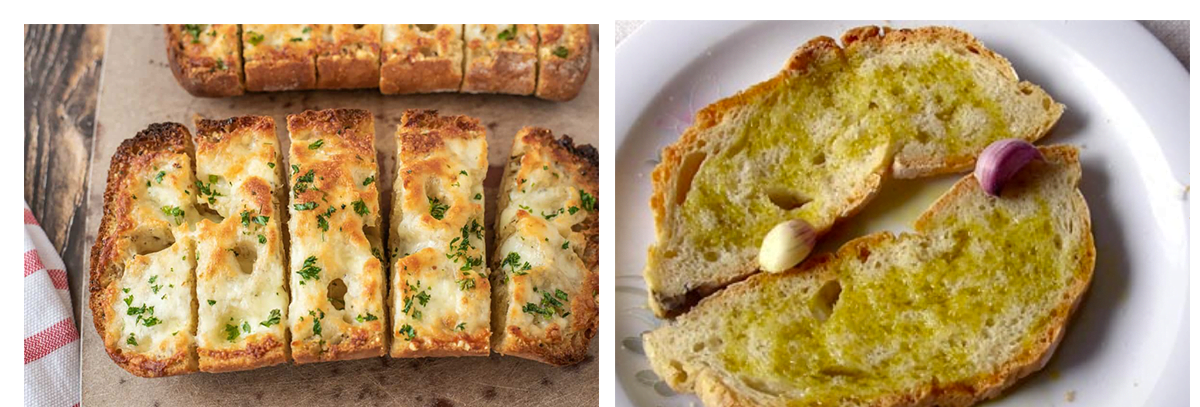
Italian-American Food
Traveling across the Atlantic, you arrive in the United States, home to approximately 15.9 million citizens of Italian descent. As popular as Italian food is globally, in the US, Italian food has taken on a personality all on its own. After over 100 years of Italian immigration, a subculture of Italian identity formed in America, as did its cuisine. Now, we have Italian-American food, distinct as a Brooklyn dialect.
And after arriving in America, Italians (predominately from Southern Italy), eventually found free reign to experiment. New ingredients, and in larger quantities, became available. With the growth of population and increased prosperity, food was now in abundance. Dishes became larger, spaghetti now served with meatballs, cheese became a main ingredient, not a topping. Garlic became a feature, not a note in the dish, and pizzas became pies. John Mariani, a third generation Italian, summarized it neatly writing in Saveur:
“We thought we were eating authentic Italian food, because the dishes were the same ones all the other Italian families we knew cooked and ate. But in reality, our cuisine was an American invention: an amalgam of hearty, rustic dishes brought here, primarily by southern Italian immigrants (my grandparents came from Abruzzo and Campania), then adapted and embellished upon in American kitchens.”
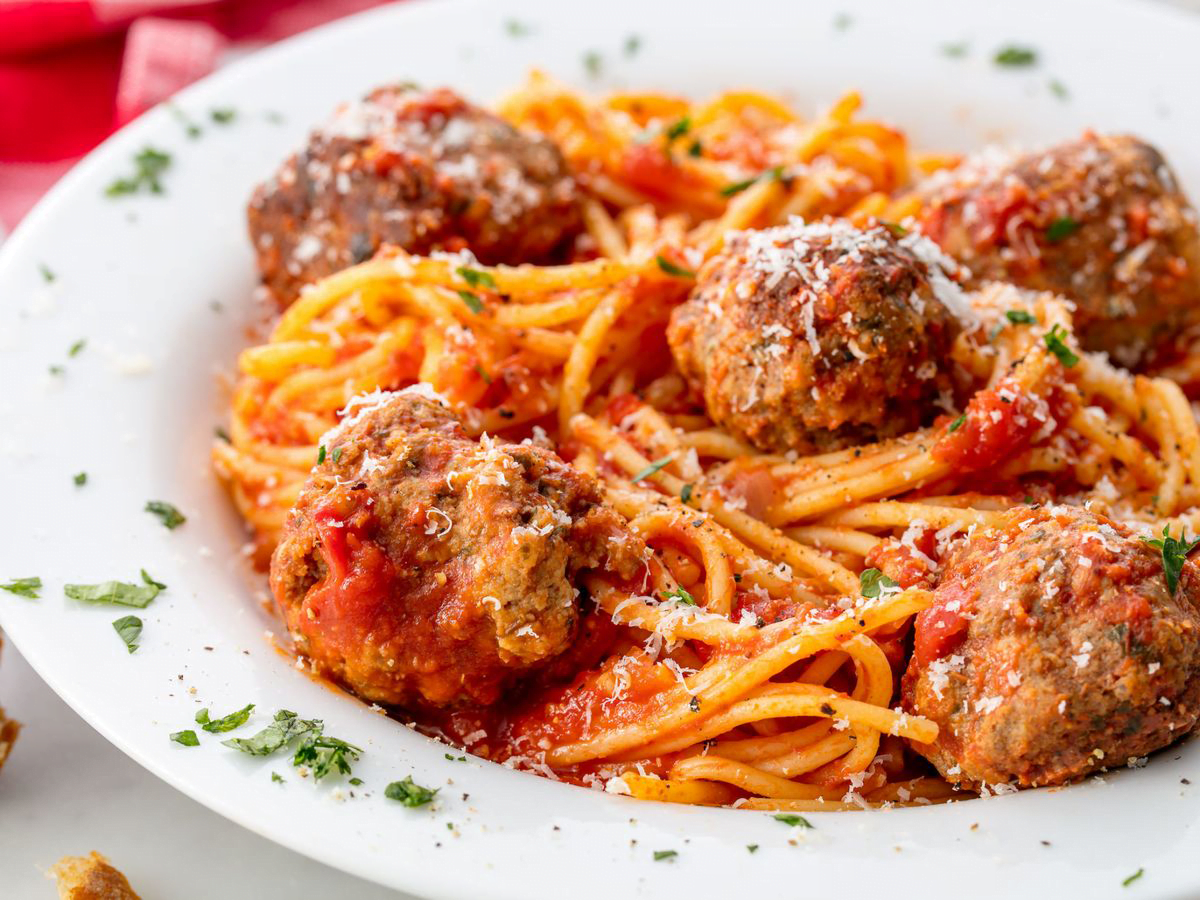
The adaptation and embellishment of Italian-American cuisine gave way to bolder, heavier dishes. Our guess is that dishes amalgamated to also coincide with the timing of meals; in North America, dinner is usually the largest meal, whereas in Italy, lunch is the main meal of the day. Consequently, chicken parmigiana with a side of pasta, and chicken tetrazzini became staples, as Italian-Americans adapted to meat-based dishes for family dinners, as well as Italian restaurants serving to the hungry dinner rush.
We thought we were eating authentic Italian food, because the dishes were the same ones all the other Italian families we knew cooked and ate. But in reality, our cuisine was an American invention
Italians, on the other hand, view meat as a separate item, a secondary dish, or “secondo”. Even then, it’s often smaller in quantities, and usually seasoned without much cheese or sauce; while there are meat-based pasta sauces (e.g., ragu or Bolognese), you will generally not see pasta served with larger cuts of meat, or chicken. Further, Italians very much cook according to seasonality and availability, with the use of ingredients dictated by location, and time of year.
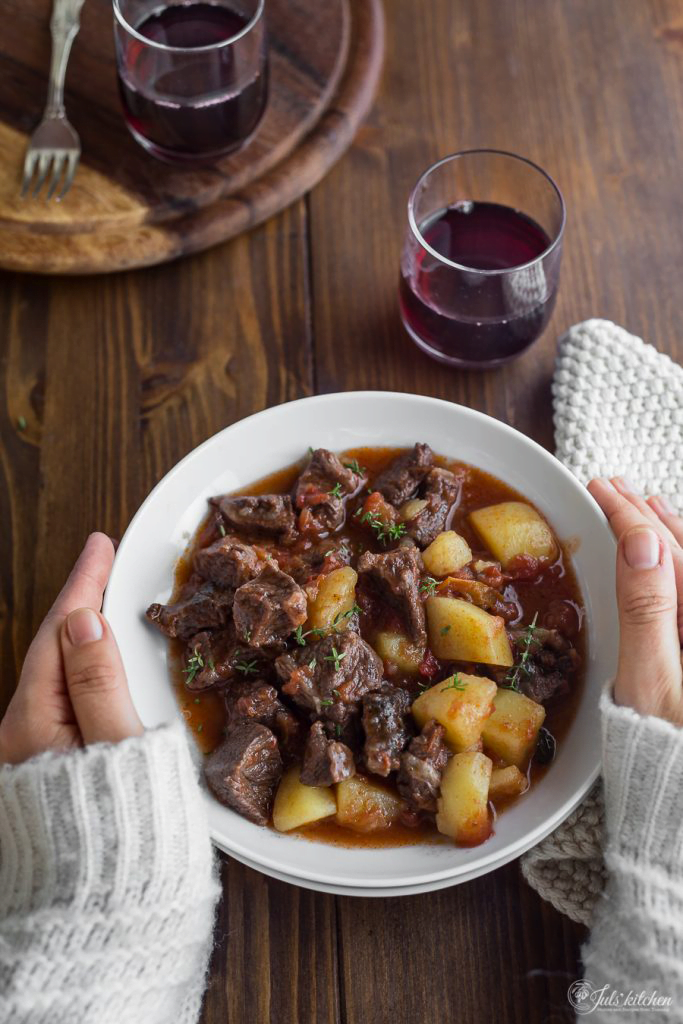
Carla Ciccone, a Toronto-based Italian writer, puts it ever so succinctly: “Italians, renowned for overabundant passion and enthusiasm, know the one place not to overdo it is in the kitchen.” And so the funny thing here is that Italians, for all their zeal and zest, practice a quiet passion when it comes to the dishes they make. The meals are never meant to be heavy, but should have just the right amount, or as the saying goes “quanto basta”. The aim is not to overpower, but rather let the ingredients gently sing to your senses. Even a carbonara, with eggs, guanciale, and pecorino, feels light (“no cream!” would be the explanation).
Italian-American dishes, rather, deliver a full-throated bellow – think Lobster fra diavolo, the aforementioned chicken parmigiana, or Brooklyn-style pizza. All these dishes bring about an expression of flavor to the maximum (and beyond). It’s as if Italian-Americans are saying, through their food “we have arrived, we have prospered, so we are making our dishes grand and beautiful”. In a sense, it is the quintessential expression of the immigrant success story in America, that their dishes reflect a newfound freedom, an ability to showcase with a bevy of ingredients, to demonstrate that with hard work, and opportunity, anything can happen. It is something that, for Italians, who view their food making as sacred, and not in need of any change, is perhaps lost in translation when they see their cross-Atlantic cousins making the gravy.
And yes, there are the fervent who will dismiss the debate as silly, that the two cuisines can’t be compared in serious terms, but as Frankie Celenza of “Frankie Cooks” writes, Italian-American food is “simply improvised food that resembled the stuff from the old country. Nothing is black and white; everything is shifting and evolving. When eating anything new these days, I ask only one question: Is it delicious?” For Italian food or Italian-American food, while the branches spread in different directions, the roots of the tree remain the same. That being, a love for cooking, to feed one’s family, to gather in commune with good friends, to laugh, to live, to make memories. These values are at the core of each philosophy. Ask any Italian or Italian-American, and most likely both will say that their earliest memories were born in the family kitchen.








